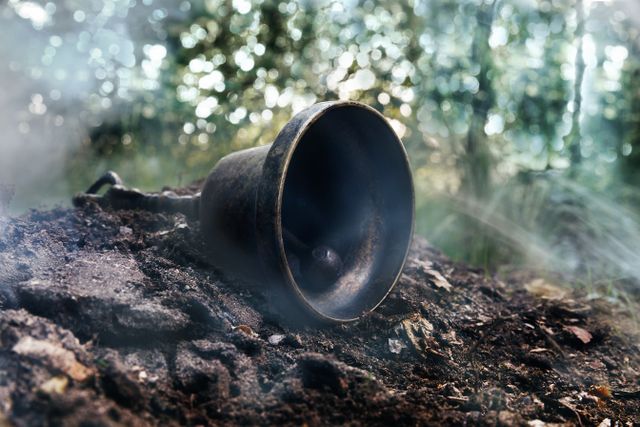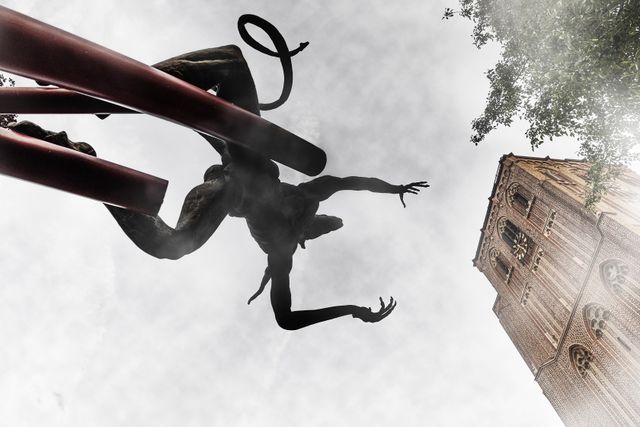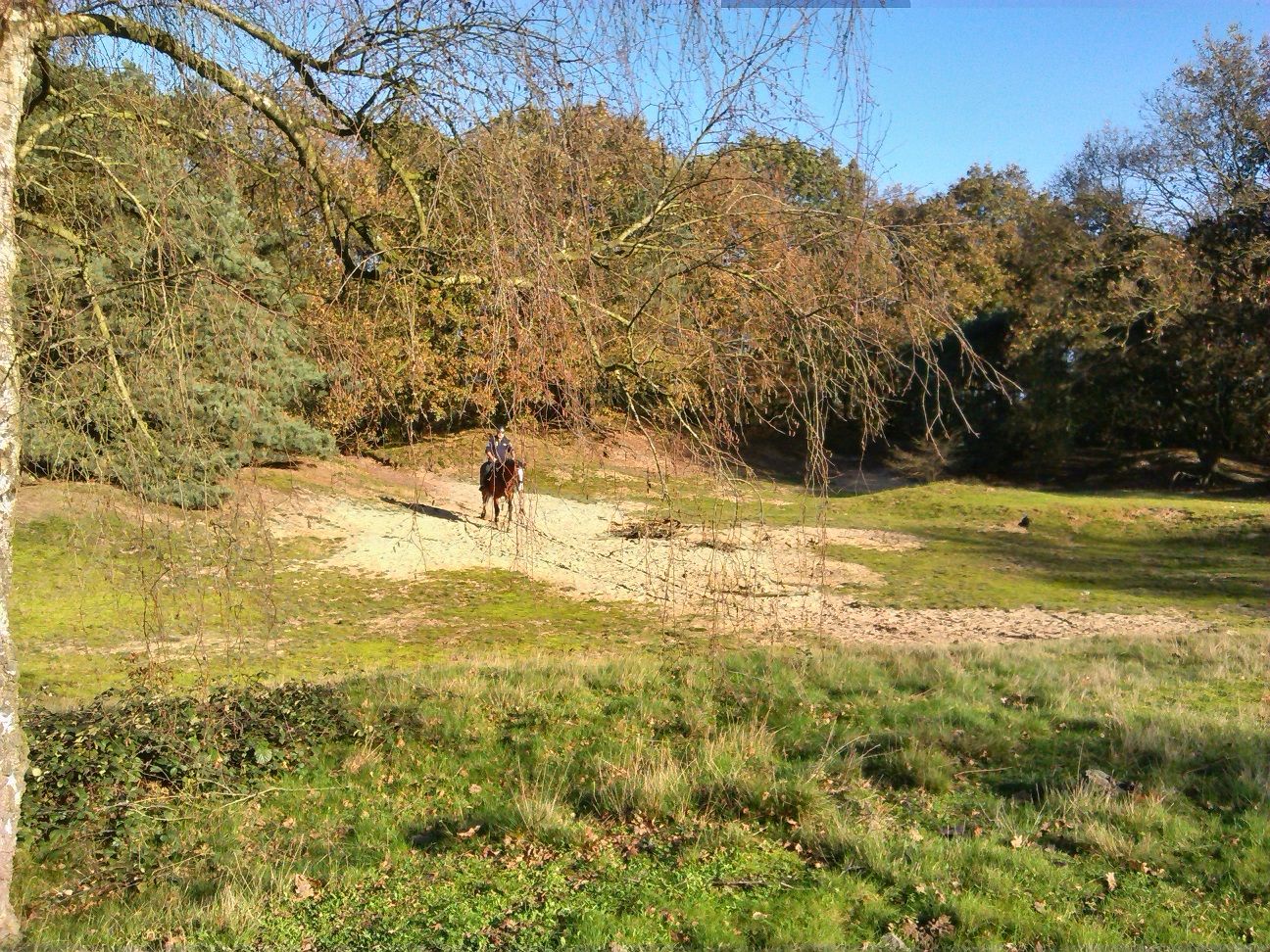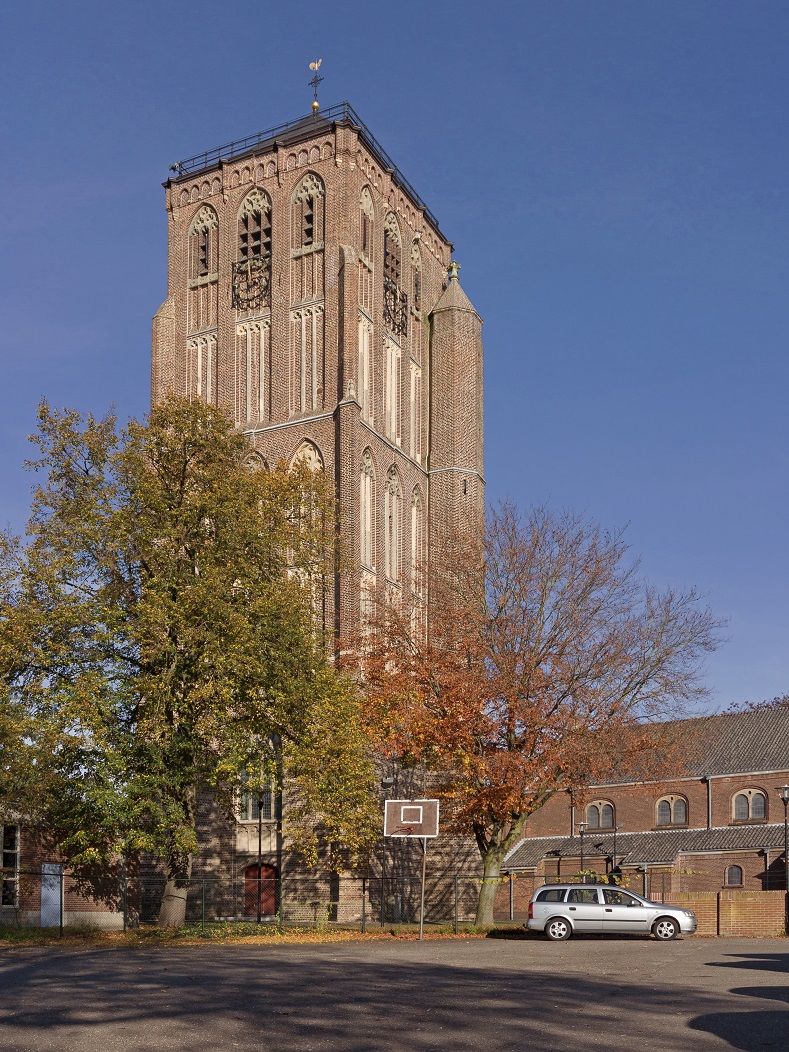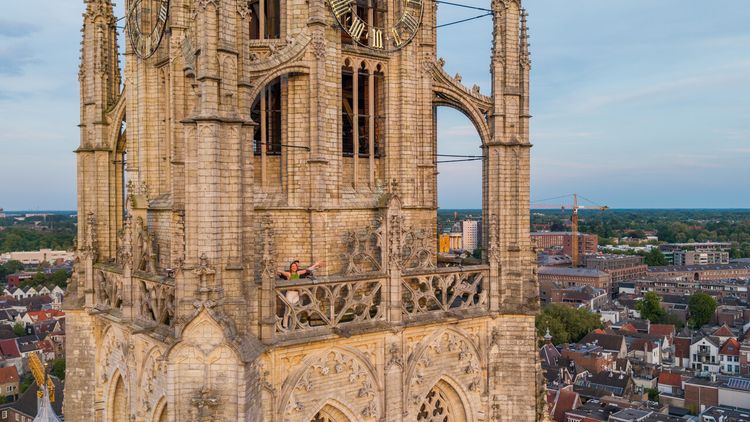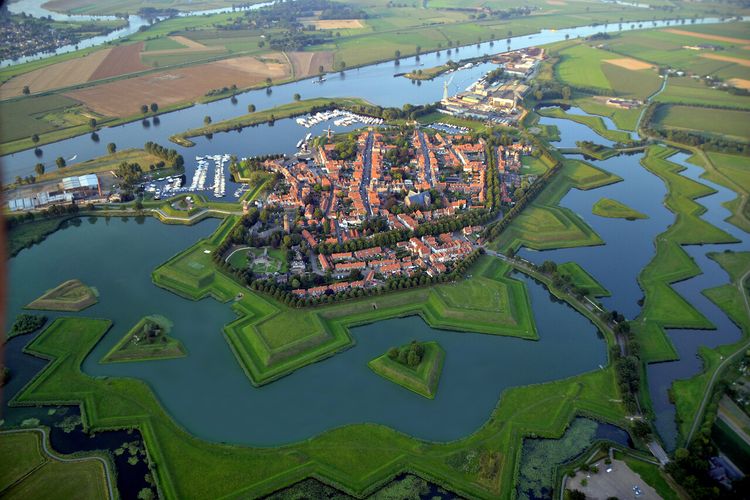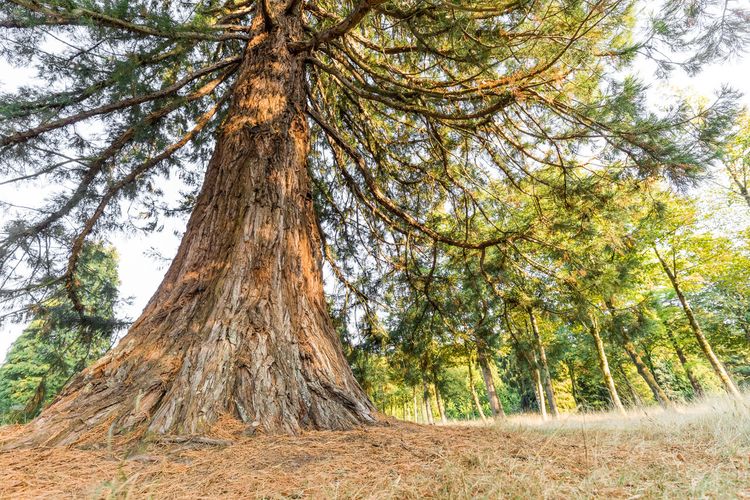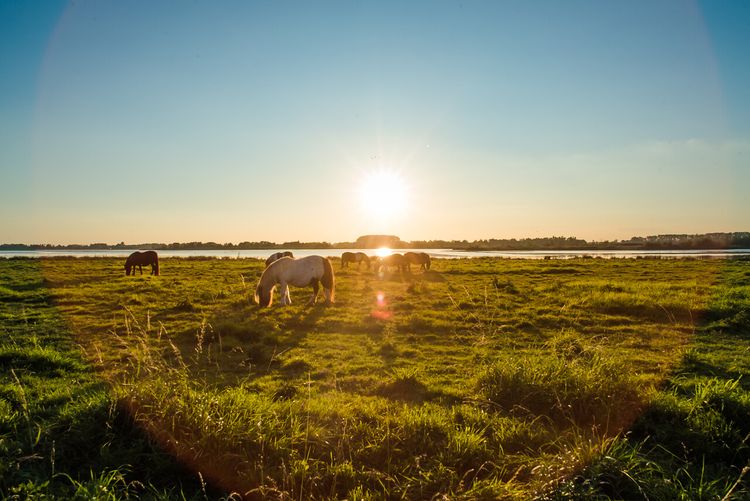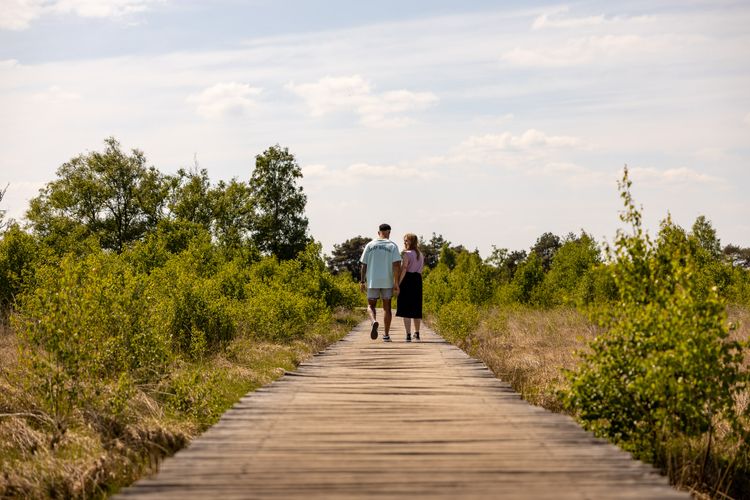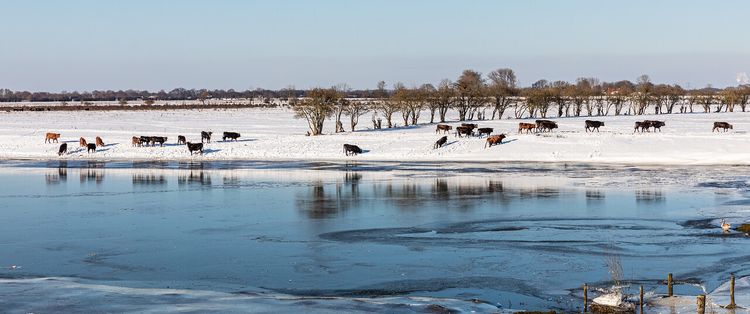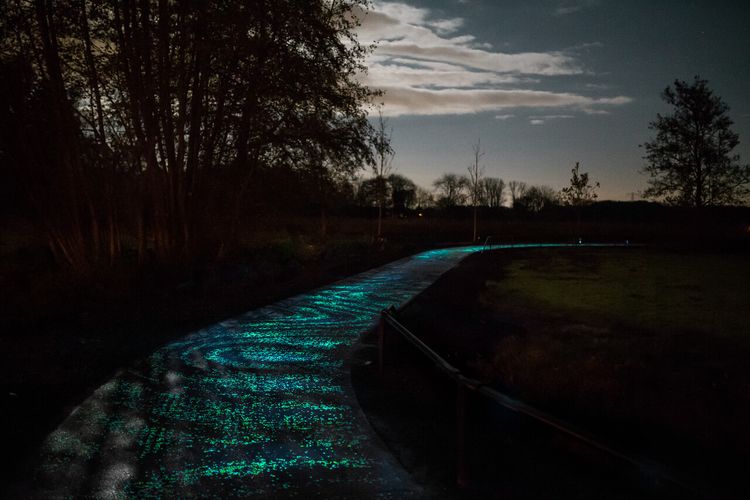The Devil’s Bell of Sambeek
Once, on Christmas Eve, the devil danced around the spire. Get on your bike and go in search of a bell that disappeared. Prick up your ears, you might hear it strike …
Starting point: from your location
Show all 5 photos
If you drive from the locks at Sambeek onto the dike, you can see it in the distance: St. John’s Tower in Sambeek. It towers above the Maasheggenlandschap (Maas hedges countryside), and it’s not without reason that the people of Sambeek refer to this sturdy medieval tower as the ‘giant’. Once, on Christmas Eve, the devil danced around the spire. Get on your bike and go in search of a bell that disappeared. Prick up your ears, you might hear it strike …
The Devil’s Bell
This is a story that mothers and fathers have been telling their children for centuries. Preferably when the wind is howling around the house and when it’s bleak and dark outside. Children retell it to their own children; a tale about a bell and a tower, a priest and a devil…
For the faithful villagers …
If you drive from the locks at Sambeek onto the dike, you can see it in the distance: St. John’s Tower in Sambeek. It towers above the Maasheggenlandschap (Maas hedges countryside), and it’s not without reason that the people of Sambeek refer to this sturdy medieval tower as the ‘giant’. Once, on Christmas Eve, the devil danced around the spire. Get on your bike and go in search of a bell that disappeared. Prick up your ears, you might hear it strike …
The Devil’s Bell
This is a story that mothers and fathers have been telling their children for centuries. Preferably when the wind is howling around the house and when it’s bleak and dark outside. Children retell it to their own children; a tale about a bell and a tower, a priest and a devil…
For the faithful villagers of Sambeek, the church tower could not be a small one. It must be visible from far away! Hendrikje Hack, the son of a wealthy Sambeek resident laid the first stone in 1486. You will be able to see this stone later, at the end of the cycle tour. When the people of Sambeek had finished their bricklaying 46 years later, the tower was almost fifty metres high. The ‘giant’ towered proudly over the village and the farmland. Now you could see it, but you couldn’t hear it, so the priest had a pair of bells cast. The smallest bell had a beautiful clear sound and quickly became popular. What did the verger keep on saying to the priest? Oh yes, “You won’t forget to bless the bells, will you?”
Every time the farmers in the Maas hedges countryside heard the smallest bell chime, they stopped milking the cows and looked across to the tower. How big it was! And what a heavenly sound!
Christmas Eve arrived, a night the priest would never forget. He woke up and was shocked by one hell of a racket, opened his window and realised at once it was the sound of the beloved bell. But what a din! It had gone crazy and was chiming wildly as though bolts of lightning were beating ceaselessly like hammers against the bell. And what was that dark shadow that was dancing around the tower? Surely not what it seemed… the devil! It really was him. With a mighty scream, the devil dived into the belfry window and came out again carrying the out-of-control bell. The clattering bell disappeared into the dark Christmas night in the clutches of the devil.
The next day the villagers went out searching. Someone claimed that the devil had thrown the bell into the Lins, a marshy pool in the field between Sambeek and Boxmeer, but the bell was never found.
The priest searched all by himself. It was not found in the Lins, maybe the devil had thrown it into one of the many ponds in the Maasheggenlandschap? He started to roam around the hedge-filled countryside and thought he could hear a bell chiming. The sound came from the River Maas and got louder as he approached. What a let down! It was a passing boat that was ringing its ship’s bell. A bit later he thought he could hear the bell again, but it turned out to be the bell from the Maas ferry, which you could ring to let the ferryman know that you wanted be taken across.
His roaming brought him to a farmhouse in the Zoetepasweiden meadows. The priest could hardly believe his ears, he could now hear the bell ringing all around him. As he gently pushed aside a hawthorn branch, he realised he was unlucky again: they were cows. The farmer had hung bells on them so he could tell where they were.
The cleric climbed up one of the Groeningse Bergjes hills. Now he really could hear the sound of a bell. He ran down quickly, followed the echoing sound, and came right to… the Koningskerkje (King’s Church) in Vierlingsbeek. How stupid of him not to realise! The bell was striking twelve o ‘clock. His face red with embarrassment, the priest knocked on the door of Vierling church and the minister opened it. He really went for the Sambeek priest; “You Catholics always bless those bells, don’t you? Are you sure you also consecrated the Devil’s Bell?”
The priest could have kicked himself. He had been so delighted with his bells that he had sprinkled the holy water with his brush too quickly. Now he thought about it, he was certain: that small one, he had completely forgotten to do it…
The priest wandered around the Maasheggen countryside for many years. ‘That’s his punishment’, they said to each other in Sambeek, ‘If a bell is blessed with holy water, the devil will not be able to get his hands on it. But an unconsecrated bell? Yes, indeed, more haste is less speed.’
Sometimes on a still Christmas Eve, the residents of Sambeek open their windows if they hear a sound outside. ‘Be still for a moment’, they say to their children, ‘That’s the sound of the Devil’s Bell.’
Text: Geurt Franzen
Information about the cycle route
This cycle route is 18 km long and is marked out on the official cycle junction network. The cycle route starts and finishes at the Sambeek lock complex (Maasstraat 12, Sambeek) where you will find parking and catering facilities.
Enjoy the Good Life in the Land van Cuijk
Maybe you like visiting historical buildings, unique museums or special religious heritage sites? Are you more interested in events with some (inter)national allure? Do you like to stay on or near water, or do you prefer to relax in woodland or surrounded by hedges? You don’t need to choose, because we have it in the Land van Cuijk. All of it.
Our region is renowned not only for its sights, countless activities and unprecedented cycling and walking opportunities. The Land van Cuijk is also the place for Een Goei Leven (The Good Life). You will notice this with our hospitable locals but also in the food, often prepared with locally sourced ingredients and prepared with passion. Come and enjoy them! For tips about going out, places to eat and drink and places to stay overnight, check out visitlandvancuijk.com.
The Maasheggen UNESCO biosphere area
You can also experience the ‘goeie leven’ (peace, hospitality, tradition, delicious food) in the Maasheggen, the oldest cultural landscape in the Netherlands. This landscape of hedges was awarded the status of UNESCO Man & the Biosphere in 2018. It’s unique in the Netherlands.
Why should you really visit the Maasheggen? There is excellent cycling and walking. The area is alive with history, and you will discover countryside that you won’t see anywhere else. For visitor tips and routes in the Maasheggen, go to maasheggenunesco.com.
-
Signposting
Simply follow the signs and cycle along the route from one numbered junction to the next.

Signposting
Simply follow the signs and cycle along the route from one numbered junction to the next.
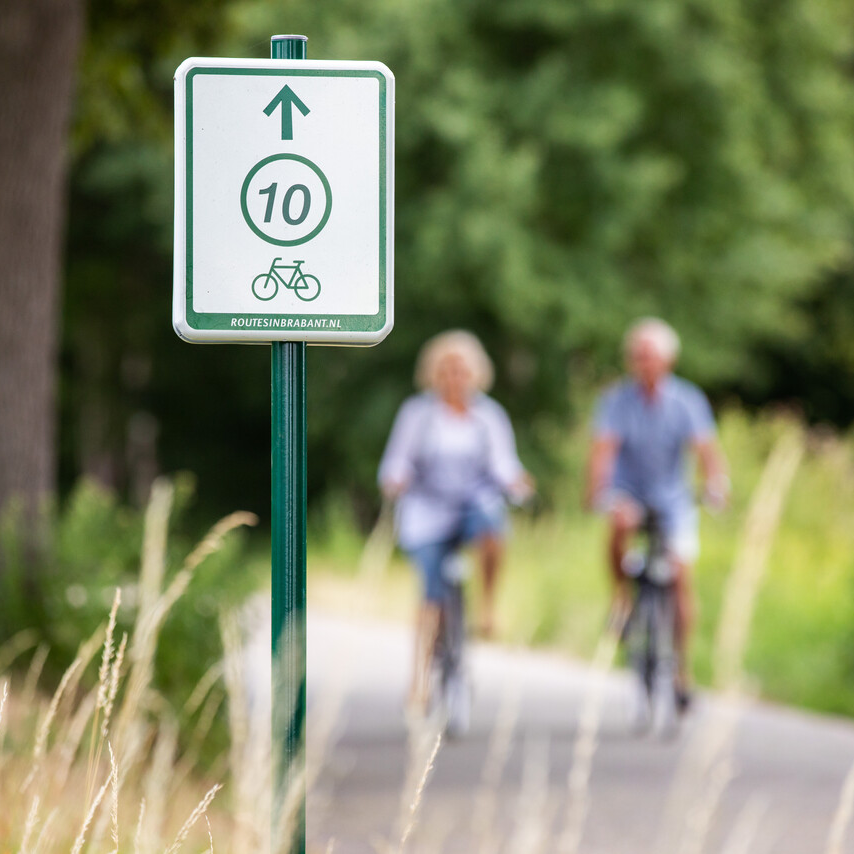
-
Hotline routes
Hotline routesIf there is something wrong on the route, report it here.
Sights on this route
The Schutkooi
The Schutkooi is a farmyard that brings all manner of activities together. It is also a versatile farm that is home to much more than just agriculture.
Starting point:
Veerweg 35827 AD Vortum-Mullem
Navigate to starting point

The Butterfly Chapel
The ‘Butterfly Chapel’ was built using stones from an old German brickworks. The chapel houses a statute of Saint Brigid, the patron saint of livestock. At the rear of the chapel are holes, put there to give insects somewhere to nest.
Starting point:
Veerweg 35827 AD Vortum-Mullem
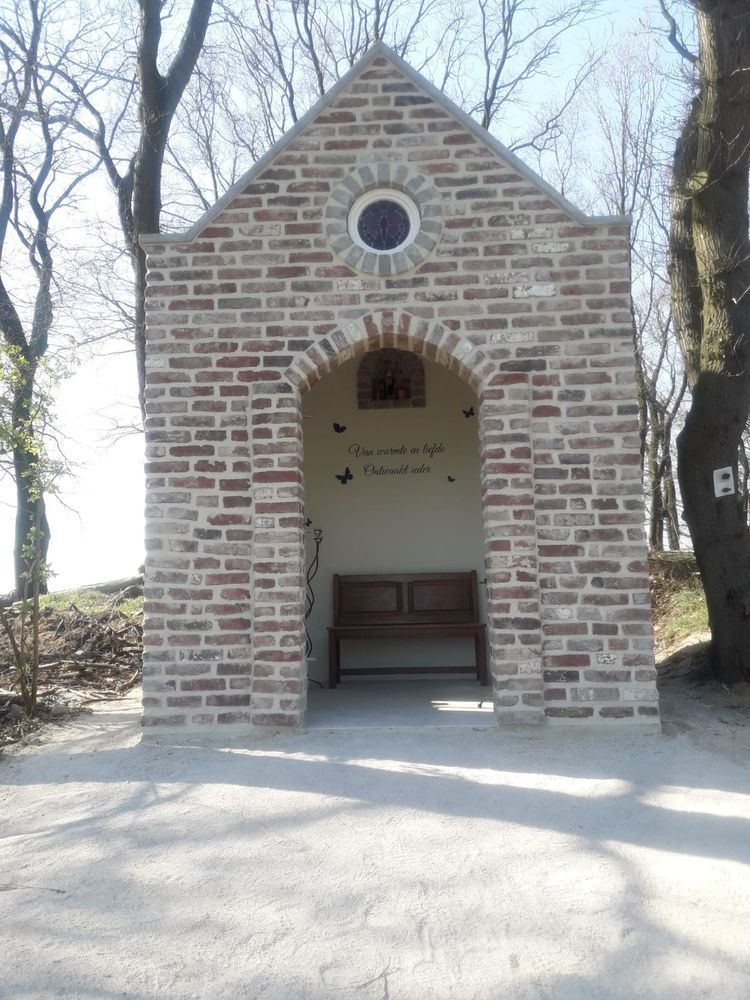
Sint-Laurentiuskerk in Vierlingsbeek
The church in Vierlingbeek has a freestanding tower known as a ‘campanile’.
Starting point:
Pastoor Jansenstraat 25821 AZ Vierlingsbeek
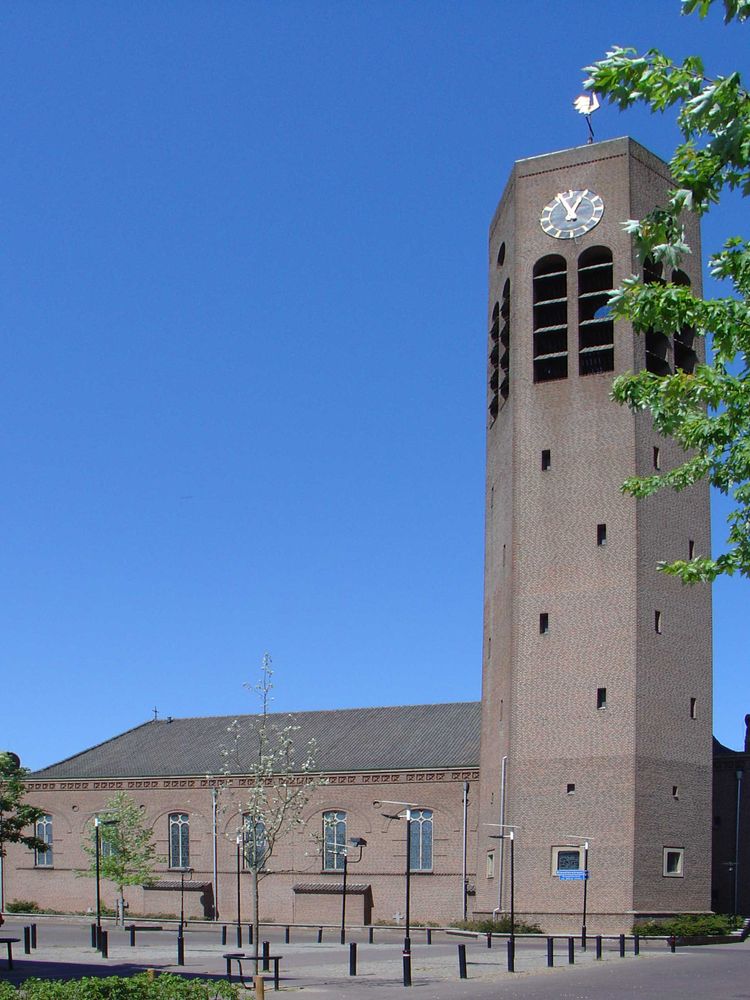
Sint-Laurentiuskerk in Vierlingsbeek
Sint-Laurentiuskerk in Vierlingsbeek
Pastoor Jansenstraat 2
5821 AZ Vierlingsbeek
Koningskerkje in Vierlingsbeek
The Koningskerkje (King’s Church) was built next to the Sint-Laurentius Church in the 19th century. The Koningskerkje is one of the most characteristic and historical buildings in Vierlingsbeek.
Starting point:
Spoorstraat 175821 BB Vierlingsbeek
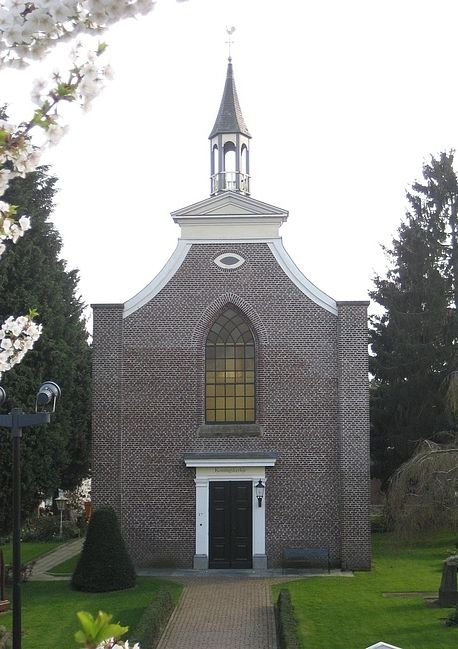
Groeningse Bergjes
This area, located between the Maas and the villages of Groeningen and Vortum - Mullen, is home to shifting sand that drifted from the dry Maas bed at the end of the Ice Age.
Starting point:
Klein Vortum
Duivelsbeeld
The bells were hung high up in the 50 metre tower from where there came a heavenly sound.
Starting point:
Grotestraat 54Sambeek

St. John’s Tower, Sambeek
The foundation stone for the construction of the church tower was laid in 1486, yet it took a further 46 years for the tower to be completed. The tower could be seen from afar, but could not yet be heard, so bells were made for the tower.
Starting point:
Grotestraat 545826 AH Sambeek
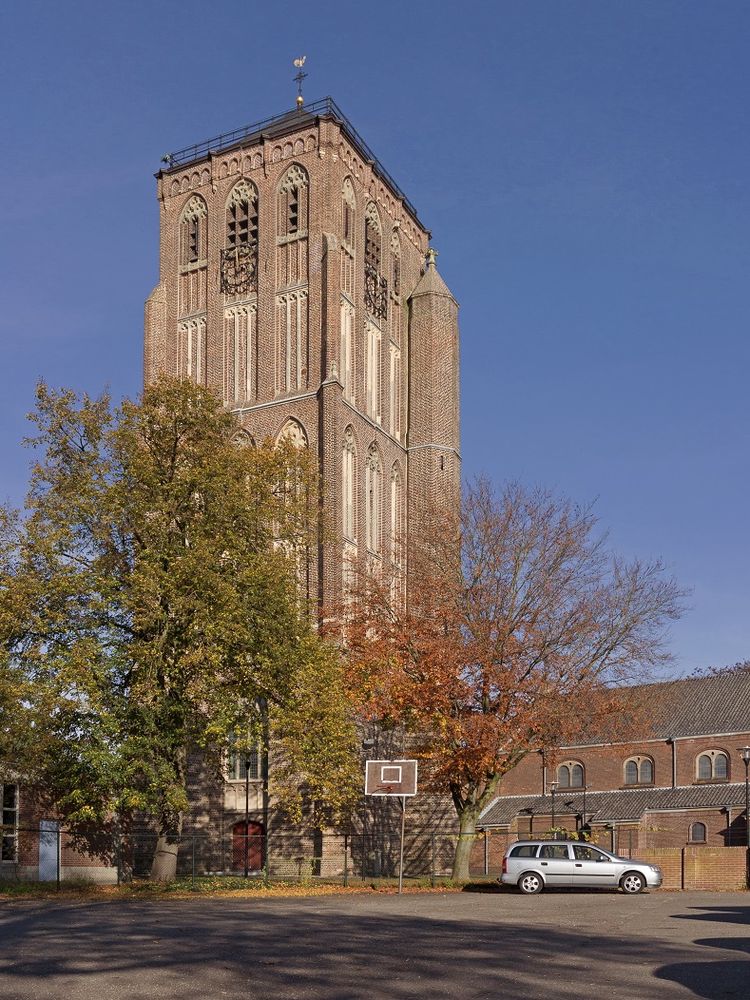
Sambeek Pond
The pond in Sambeek is one of the locations of the Duvelsklökske.
Starting point:
BergstraatSambeek
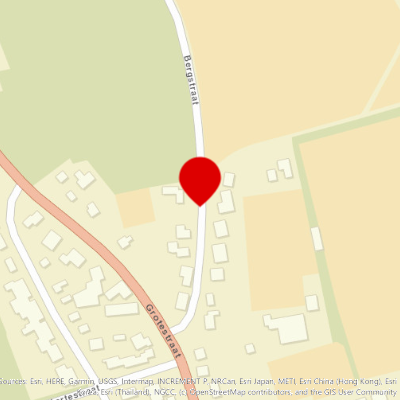
The Schutkooi
The Schutkooi is a farmyard that brings all manner of activities together. It is also a versatile farm that is home to much more than just agriculture.
Starting point:
Veerweg 35827 AD Vortum-Mullem
Navigate to endpoint

- 04
- 38
- 55
- 54
- 39
- 37
- 18
- 04

